Advice on how to get from A to B
 |
| Vietnam’s creaky ports are handicapping the flow of goods exiting the nation |
A.P. Moller-Maersk Group chief executive officer Nils Smedegaard Andersen said Vietnam’s shabby logistics infrastructure remained a big challenge for the government’s socio-economic development plans.
“It is very clear that more investment is required. If you look inland, there are many projects you will have to invest in such as ports, transport networks and railways so that you can operate and develop your local production,” he said.
He said investment in shipping and port projects would benefit importers and exporters.
“The best thing the Vietnamese government can do is to make sure that all favourable conditions can be given to people, especially privately-owned economic sector, to develop shipping and rail networks,” he said.
The Vietnam Chamber of Commerce and Industry’s (VCCI) vice chairman Doan Duy Khuong said that in the 1950s-1960s, Thailand used Vietnam’s Saigon port to export its goods to France and the UK. However, Thailand’s government decided in the 1980s to concentrate on improving its ports, airports and logistic services. “At present, many goods imported to ASEAN must transit in Bangkok,” Khuong said.
“Vietnam has good access to major shipping routes and its exports now occupy 75 per cent of its gross domestic product (GDP). Thus, further investment of logistics infrastructure is crucial,” he said.
According to the VCCI’s calculations, the charge level for a container from Vietnam to the US is now $3,000, which is 1.5 and 1.2 times higher than from China ($2,000) and Thailand ($2,500), respectively.
Khuong said that the feeble logistics infrastructure also caused higher costs for transporting goods.
“Each year, Vietnam has to spend an additional $1.7 billion in logistics costs, because local companies have to transport their goods to Hong Kong and Singapore before continuing transporting them to importing countries,” Khuong said.
The VCCI said that in developed countries, the logistics-related costs were very low. For example, this cost occupied 7.7 per cent of gross domestic product (GDP) in the US, 8 per cent of Singapore’s GDP, Japan (11 per cent) China (18 per cent) Indonesia and Malaysia (13 per cent) and Vietnam (25 per cent or $17-18 billion annually). Also, such a cost accounts for 22 per cent of the value of a product in Vietnam.
However, according to the World Bank, Vietnam had been ranked among the top developing economies with significant performance in logistics that transcends the level of per capita income.
In its latest study “Connecting to Compete 2010: Trade Logistics in the Global Economy” released on January 15, 2011, the World Bank noted that many countries perform better than what their income level would suggest. The 10 most significant over-performers include China (27), India (47), Uganda (66), Vietnam (53), Thailand (35), the Philippines (44), and South Africa (28).
Andersen said that more companies were shifting their manufacturing bases from China to Vietnam, which, as a low-cost manufacturing country, would benefit from the growing intra-Asia trade. By 2015, the intra-Asia market was expected to contribute to 50 per cent of Vietnam’s total export volume.
“Foreign shipping lines have been showing their increased interest in southern Vietnam recently. Some 15 vessel strings have already offered direct liner services between Cai Mep and North America, Europe and the Mediterranean,” he said.
What the stars mean:
★ Poor ★ ★ Promising ★★★ Good ★★★★ Very good ★★★★★ Exceptional
Related Contents
Latest News
More News
- Hanoi welcomes Guangdong businesses to invest (November 27, 2024 | 15:21)
- The facilitation of M&As in Vietnam’s logistics sector (November 27, 2024 | 13:00)
- Viable progress made with M&As from Japan to Vietnam (November 27, 2024 | 10:43)
- Home firms make M&A presence felt (November 27, 2024 | 09:33)
- Thailand's BCPG invests $130 million in Gia Lai wind power plants (November 26, 2024 | 15:08)
- The 16th Vietnam M&A Forum: A Blossoming Market (November 26, 2024 | 13:53)
- Posco interested in $2.2 billion Quynh Lap LNG thermal power plant (November 26, 2024 | 13:50)
- $1.4 billion Nhon Trach 3 and 4 to operate in 2025 (November 26, 2024 | 13:37)
- Hung Yen focused on attracting high-tech FDI (November 26, 2024 | 13:20)
- Foreign investors flock to invest in southern provinces and cities (November 26, 2024 | 10:00)

 Tag:
Tag: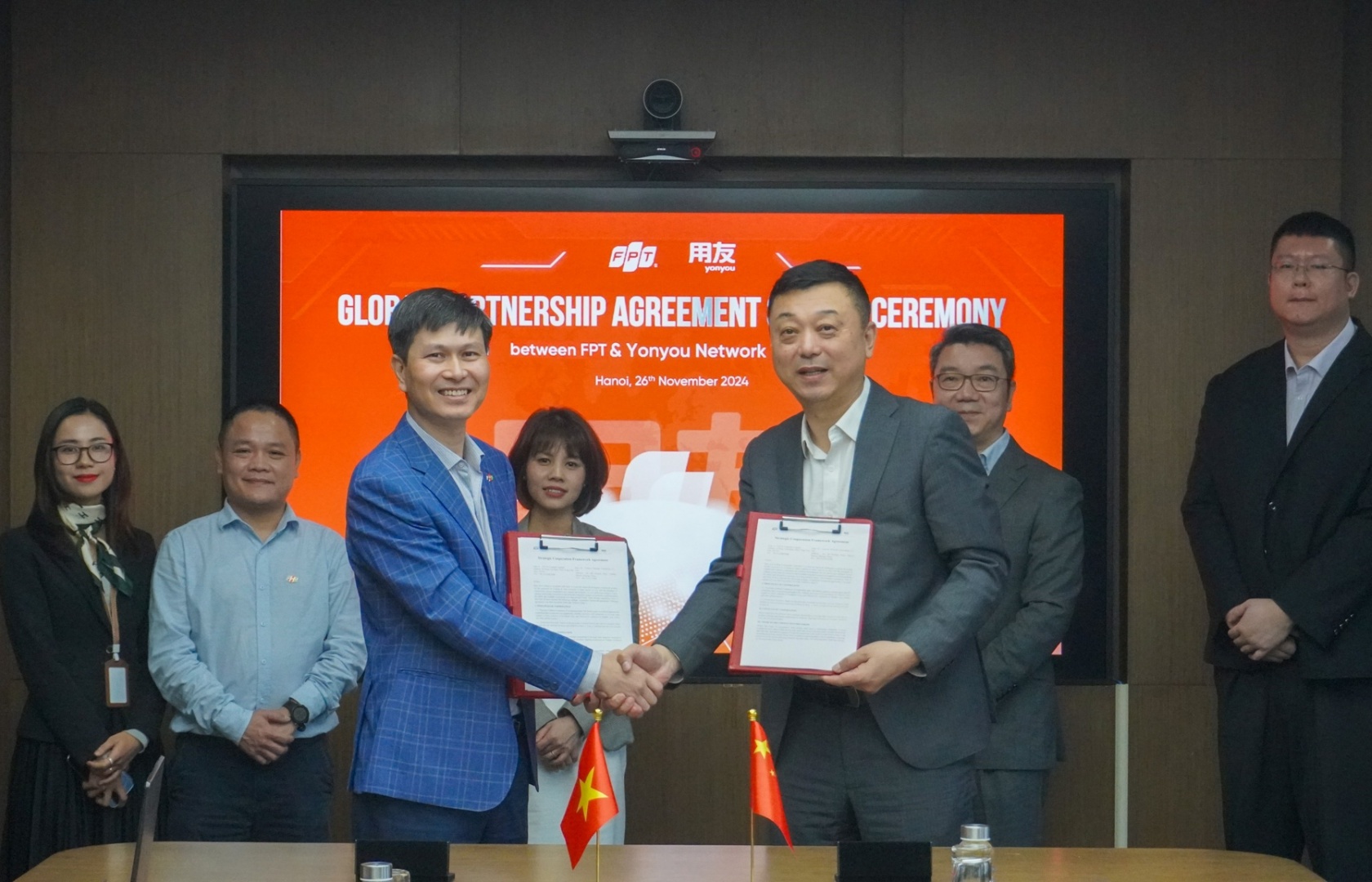
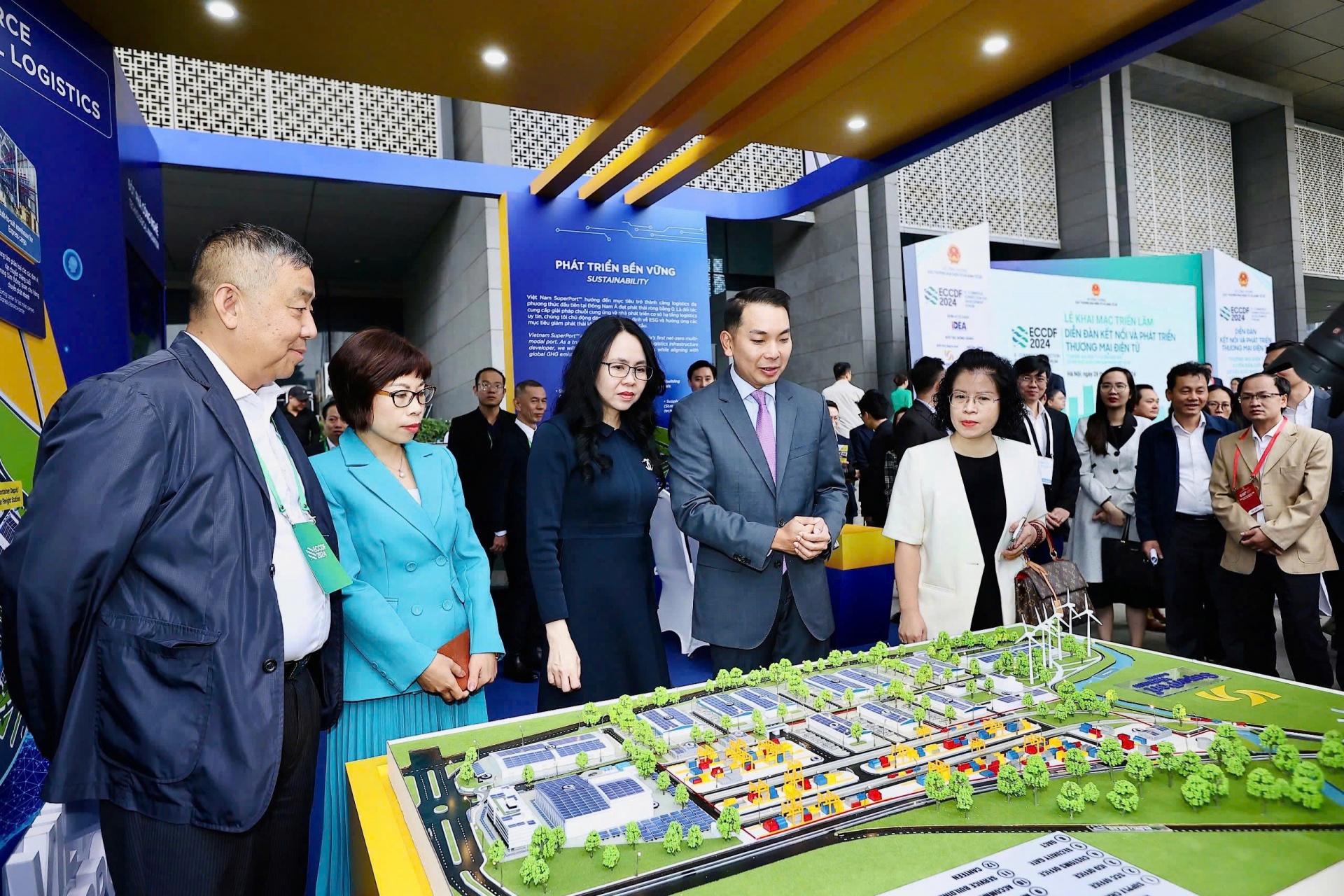
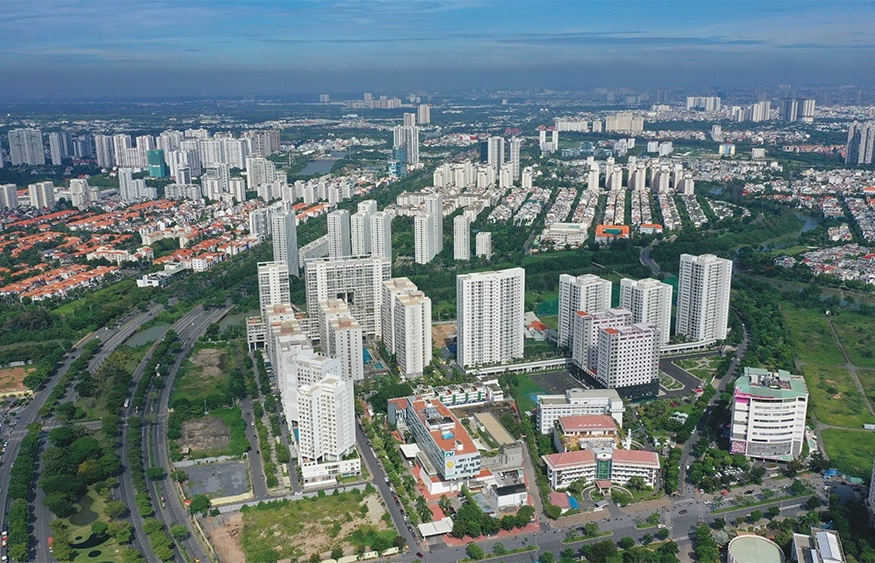



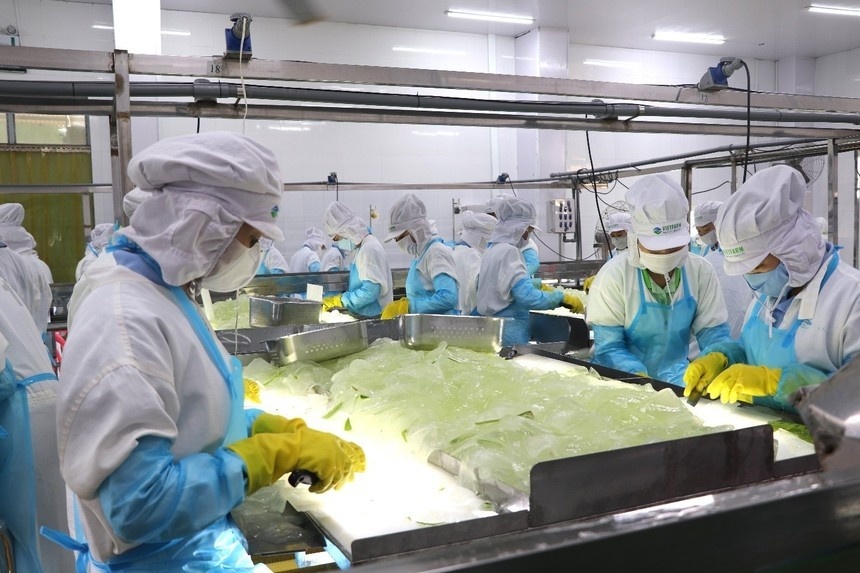
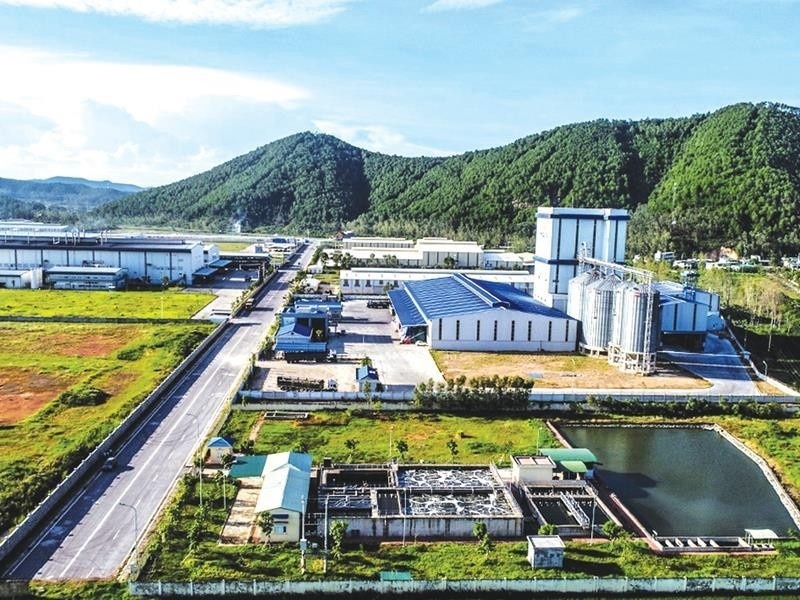
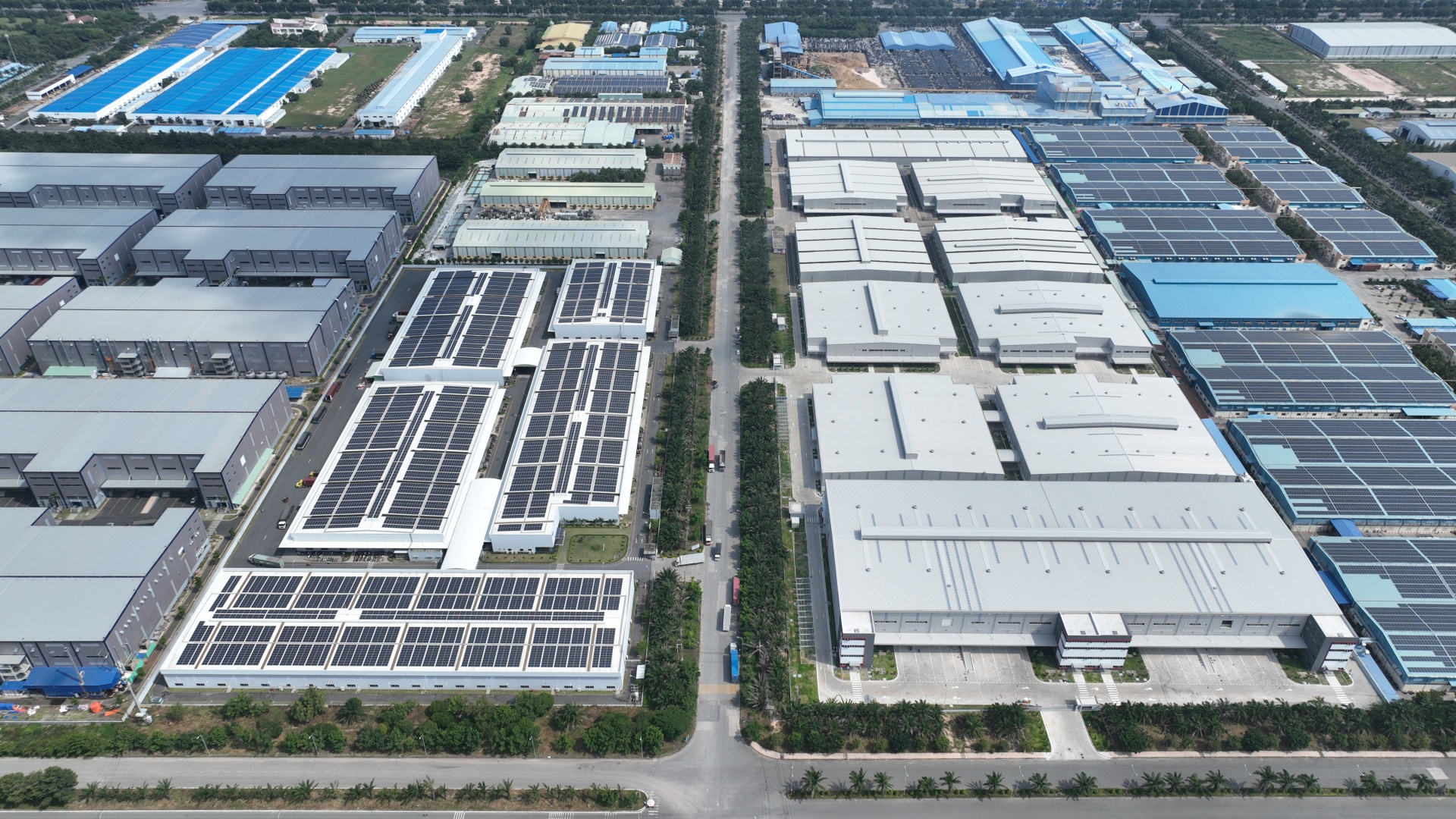
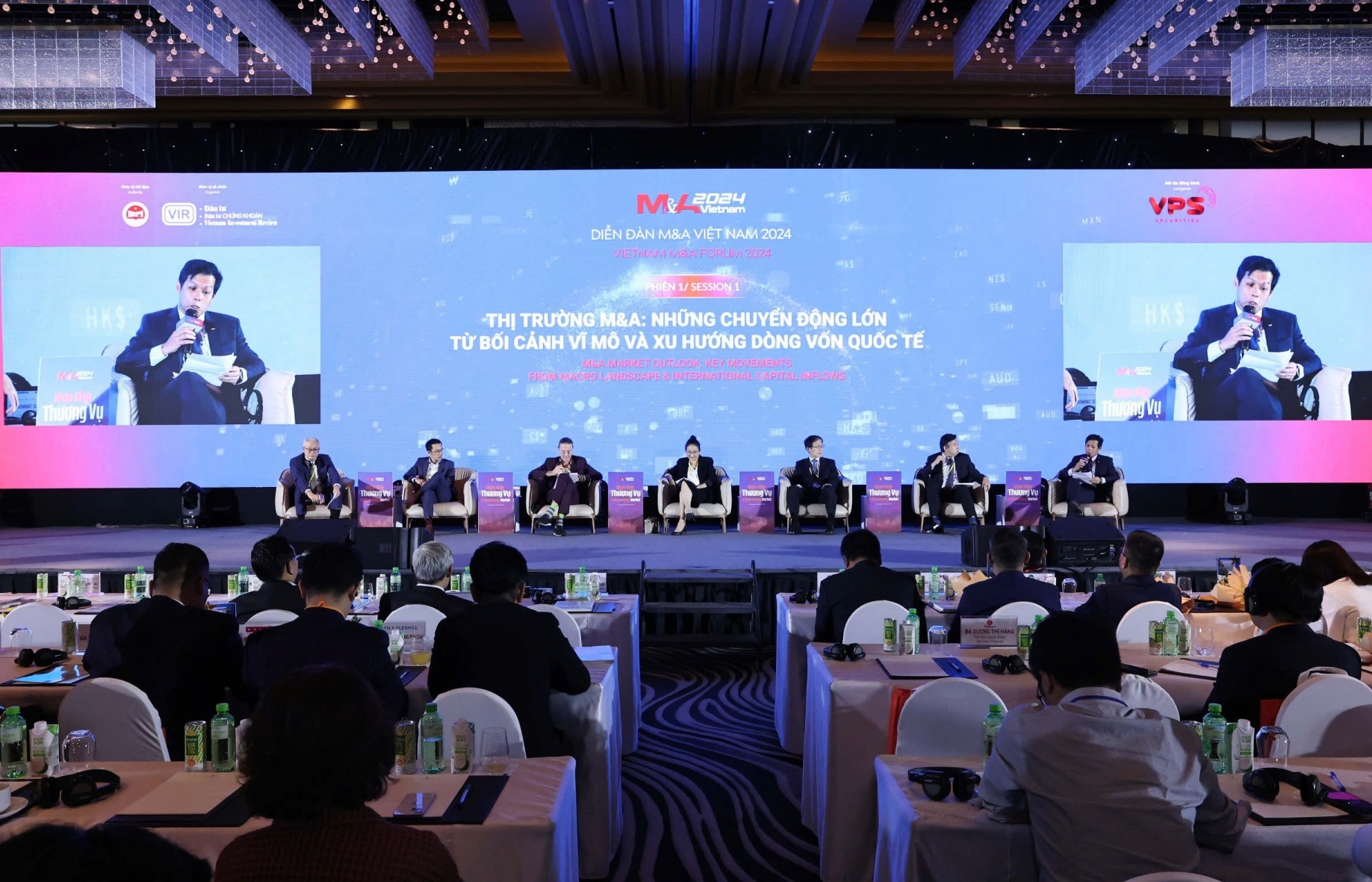

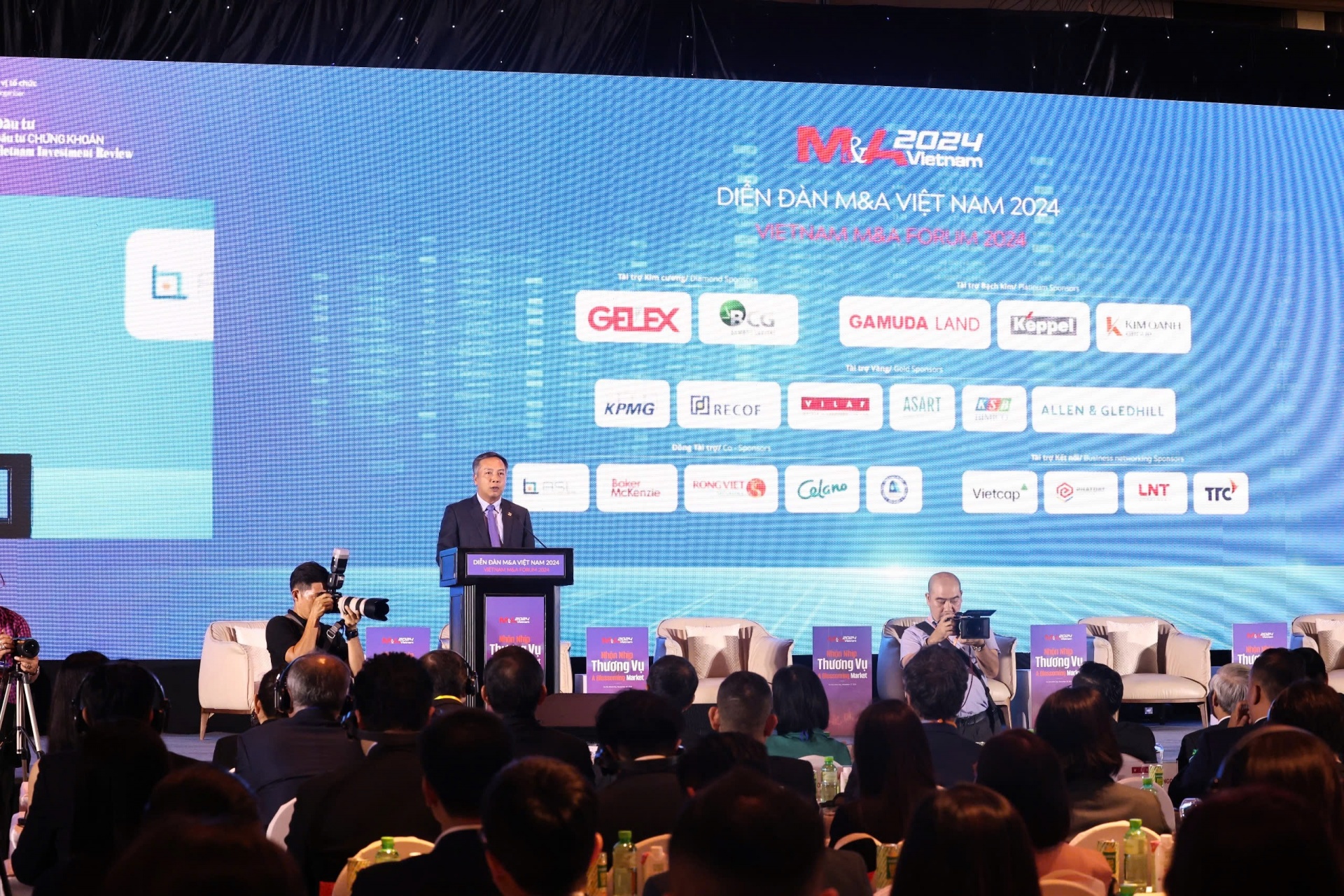






 Mobile Version
Mobile Version